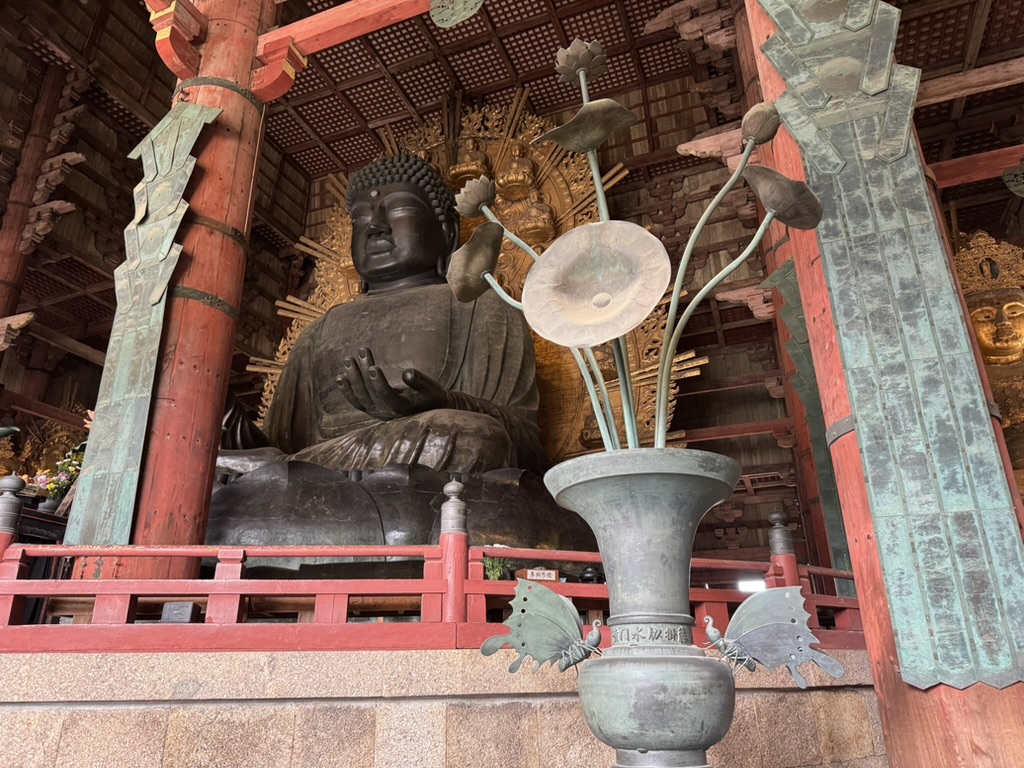
As I stated in my last post, life is an adventure. I haven’t slept on the floor in years. Well, it wasn’t exactly the floor. There was a small pair of futon mattresses. The pillows were firm and the blankets definitely kept us warm. And while it wasn’t the most comfortable night, it was the most peaceful.
We got up early knowing there were morning prayers and breakfast. We cleaned up, got dressed and headed to the temple. We took our seat and waited for the morning prayers to start. I wasn’t sure what I was expecting, and I’m not sure Teresa was either. With a gentle chime ringing in the morning, the priest started with a chant.
I found the chant to be reverberating. I know that’s a strange word to use, but the priest was using or performing what is known as throat singing. Now it’s not just that that I found amazing, but the fact that the priest for the first few minutes didn’t seem to be taking a breath while this constant sound was coming from him. It took me a few minutes to realize that when it was time for him to take a breath, another priest melted into his voice and continued the chant for the few seconds it took for the main priest to inhale and start the next verse melting into the others voice. This made it sound like a single, continuous voice spanning several minutes, which was very moving. I’m not sure if the chance itself was in Japanese or some other language, and I’m not sure I even needed to know. I just know that when it was over, it seemed like my mind had been calmed and my heart felt in sync with the chant I had just heard.
Look, I know many of you may not be Buddhist, and that’s okay. I am not either. I do my best to respect all religions that work to the good. Given that, I would like to extend a morning prayer for you…
“May I be able to appreciate the wonders of sky and earth; May I be able to be grateful for the warmth of the world; May I be able to obtain the assistance of friends; May I be able to realize the value of Dharma.“
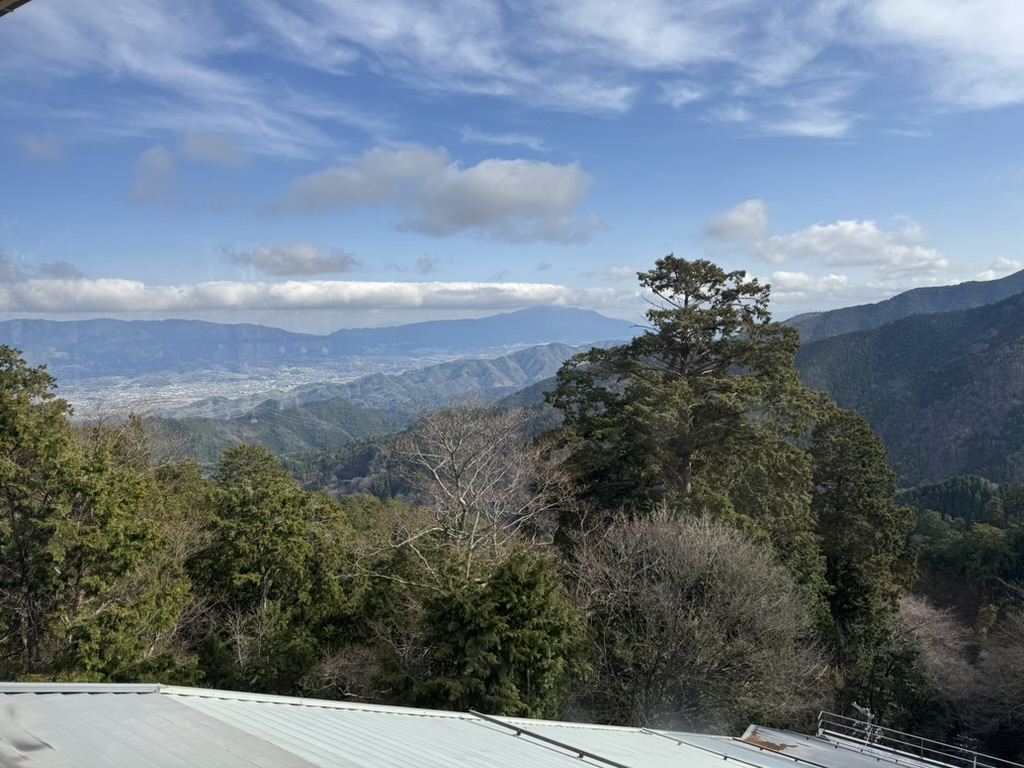

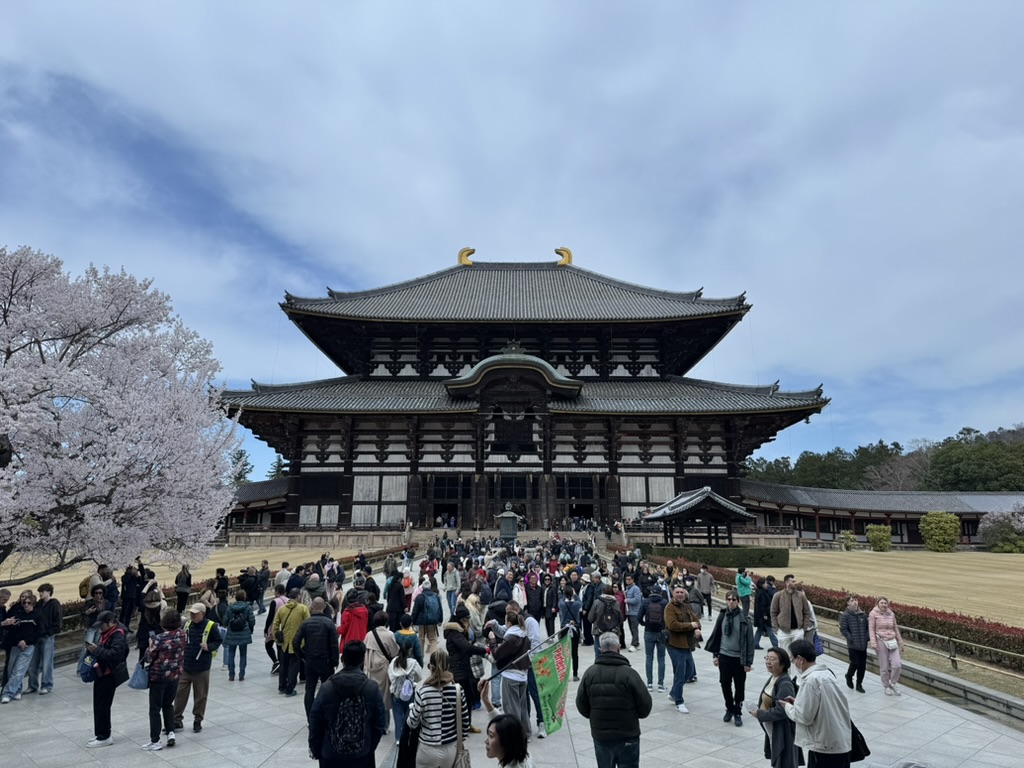
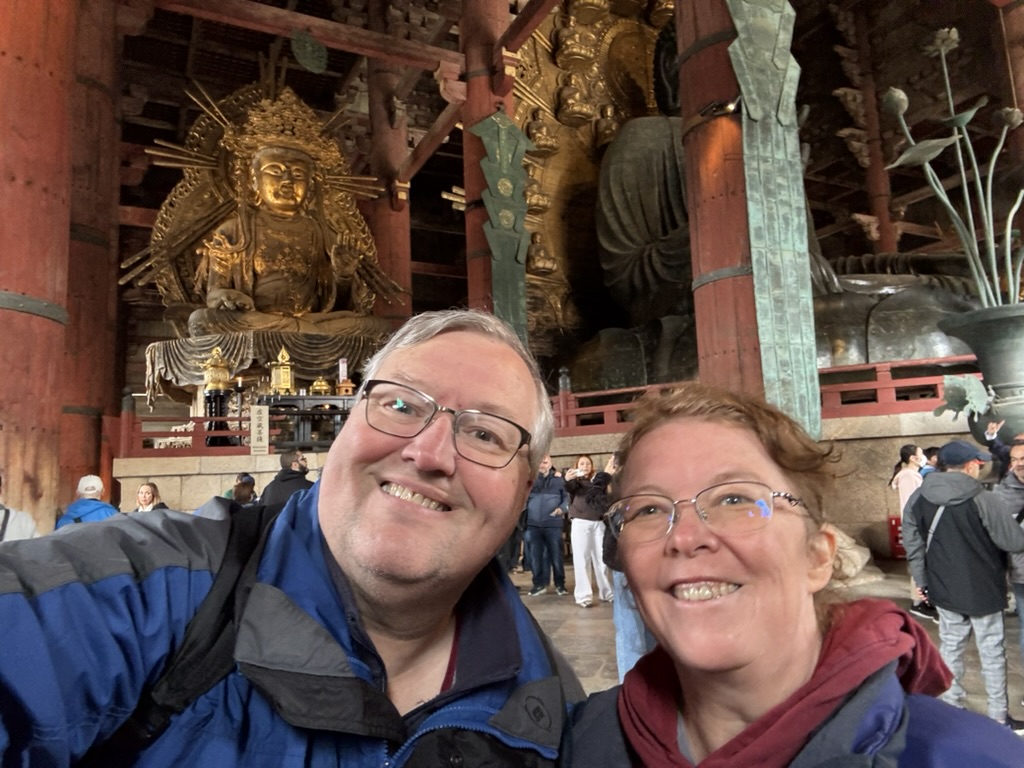
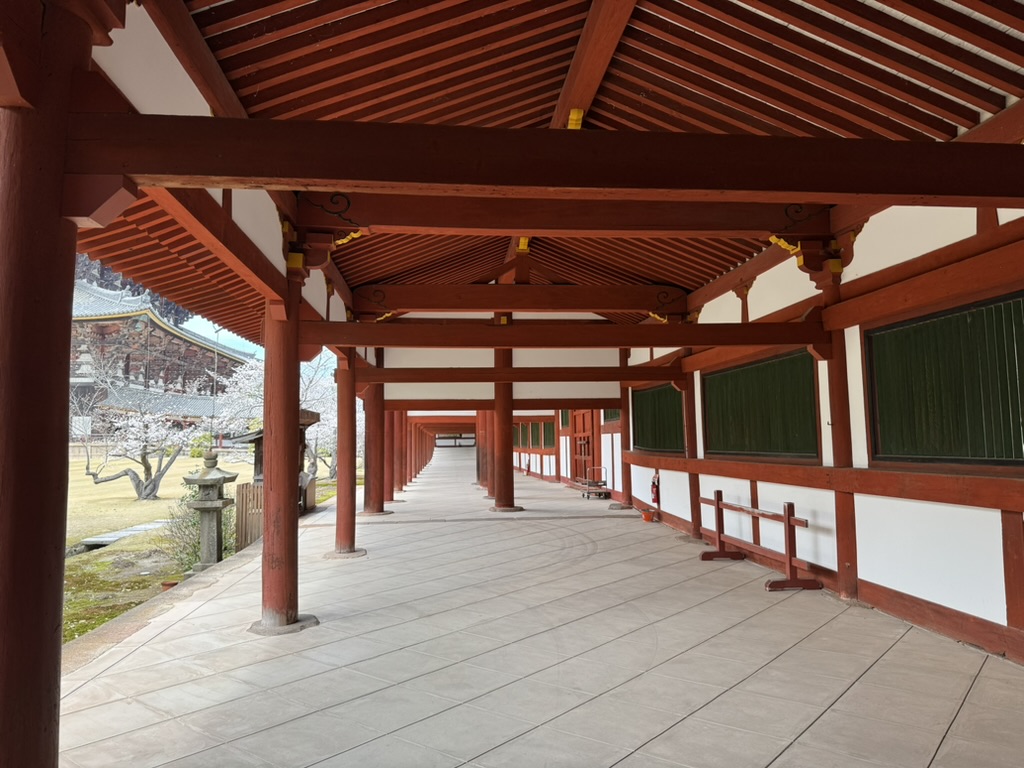
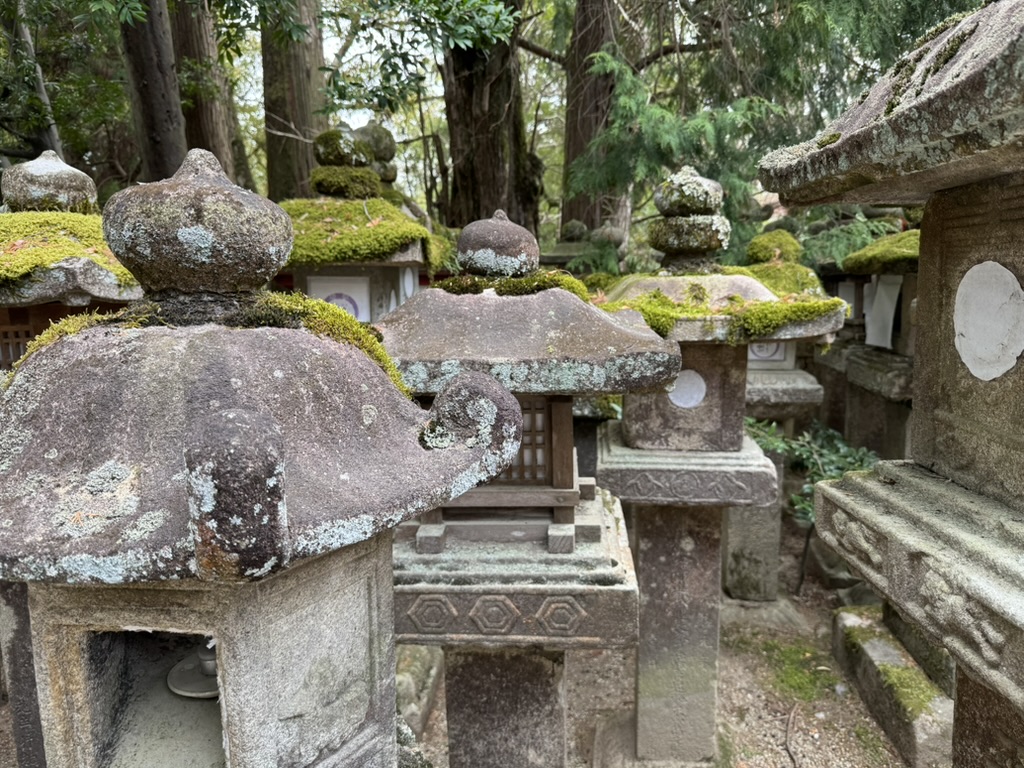
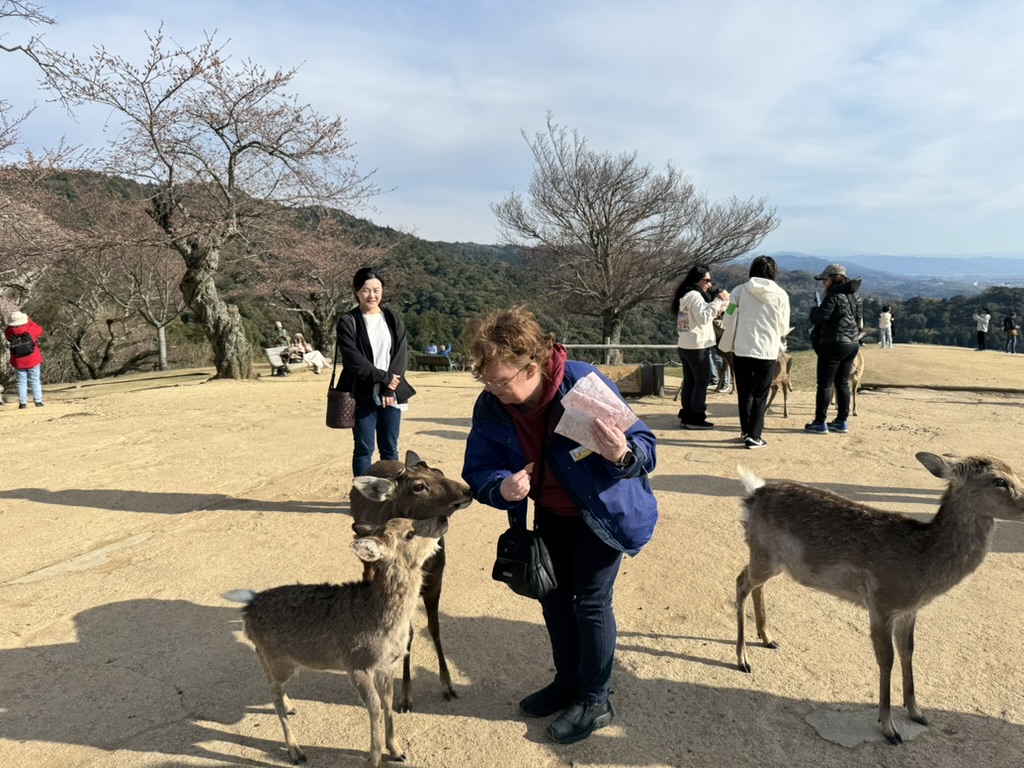
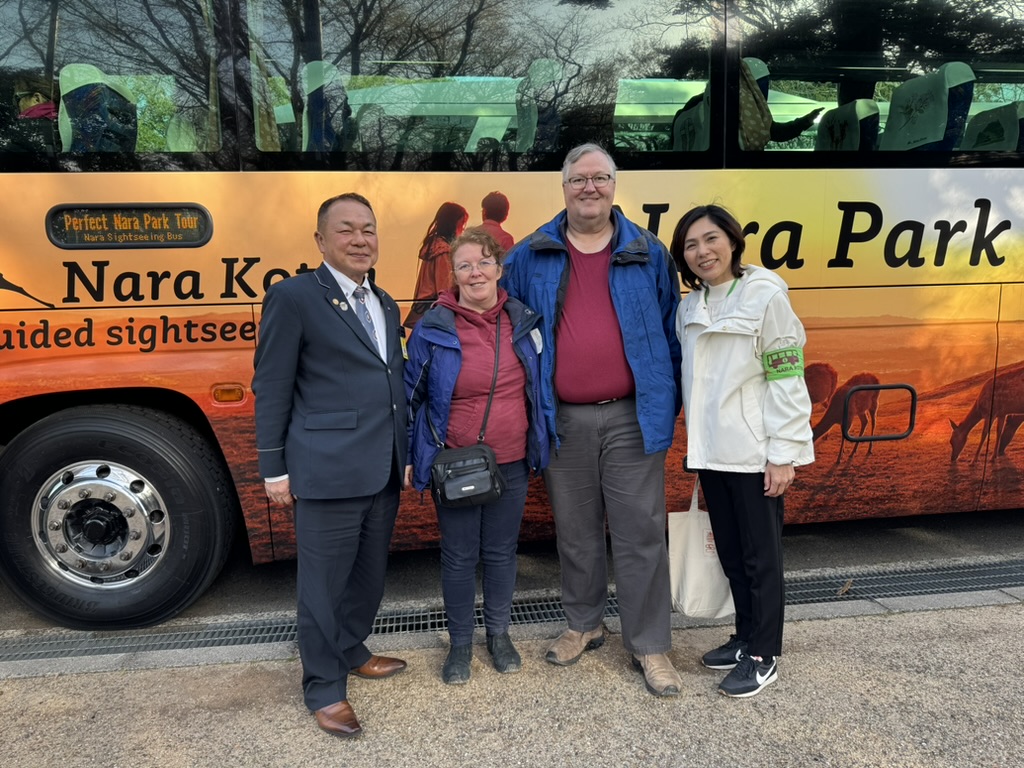
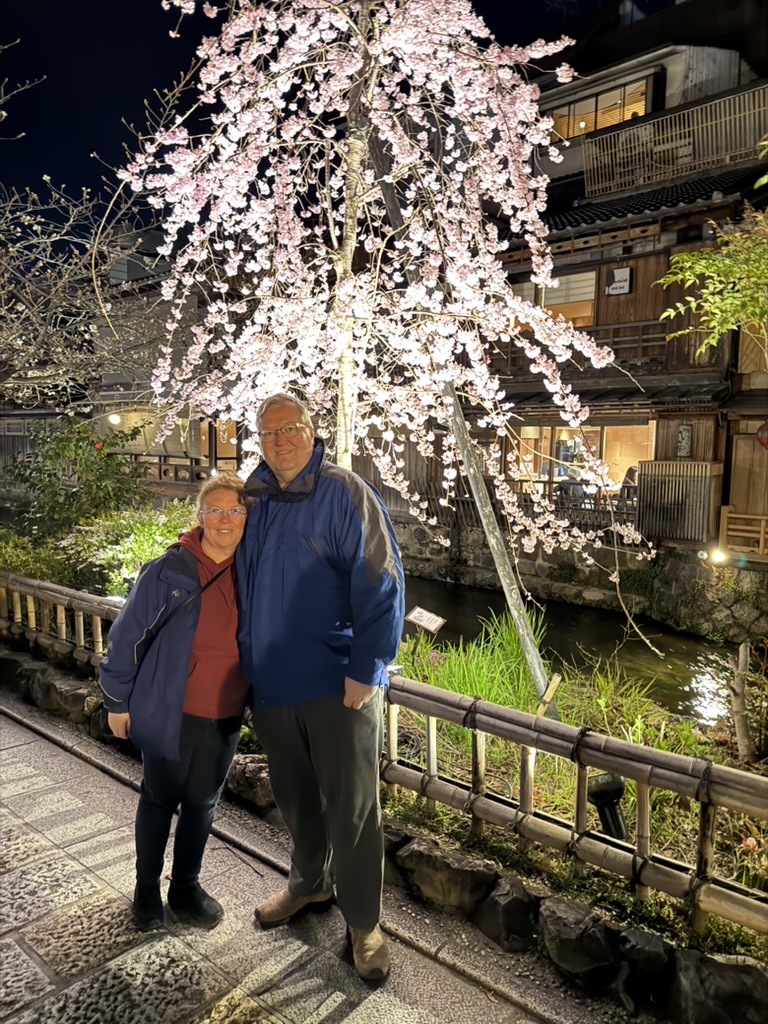
When the prayers are over, we made our way to the dining room. This morning, our place was set with extra trays to lift the food tray up, and the small chair for me to sit in and a pillow for Teresa to sit on. The food was brought out. The tray offered a variety of small portions, including various vegetables, rice, soups, and more. As I had done the Night before, I did my best to sample all that was in front of me. I found most of it to be good and have a few things to have a “interesting flavor”. Teresa finished her tray, and I made a substantial dent in mine.
Afterwards, we gathered our belongings and checked out. We walked up the alleyway to the main street and waited at the number nine bus stop. The first bus to stop was packed. Teresa and I looked at each other in our bags and didn’t need to say anything, we just decided to wait for the next one 10 minutes later and we are heading back to the cable train station.
Now Teresa would’ve been happy if we had ridden the train down silently, but those who know me know that I never to be silent or hardly ever. There were a couple small groups on the train that seemed to know each other a bit. They were a mixture of Canadians Europeans and a couple from the US. We chatted during the ride about the sights we’ve seen, places we’ve traveled, and engaged in general chitchat while enjoying the mountainous scenery of Japan. We parted ways and Teresa and I may our way to Kyoto.
Our goal was to go to Nara and see the Deer Park. As soon as we got off the train, we saw someone dressed in a deer costume and a small desk for people to sign up for four hour (1/2 day) tour with an “English speaking.” tour (Narakatsu Tours). We looked it over, three stops on a bus, taking us to Todaiji Temple & Kasuga Taisha Shrine (admission included) and the Mt Wakakusa summit, that checked off some of the sites we wanted to see. And with an English speaking tour guide, for a cost of just ¥10,000 per person, or about $66.70 US., it was a no brainer. We took most of our luggage and placed it in a locker in the train station.
Teresa and I hopped off the bus, ready to conquer Todaiji like the fearless adventurers we are. First stop: the South Gate, or as I like to call it, “The Gate of Giant Angry Guardians.” These Kongorikishi statues were massive, with expressions that screamed, “Don’t even think about it!”. And, there were deer everywhere outside, but few ventured in. Naturally, we thought about it and strutted right through, feeling like we had just passed some sort of mythical test.
Once inside, the grounds of Todaiji felt like stepping into a time machine that also happened to have impeccable landscaping. The blend of history and nature was so picturesque, I half-expected a samurai to leap out with a bonsai tree in hand. But the real showstopper was up ahead—the Great Buddha Hall. Let me tell you, this place is so big that calling it “large” feels like calling Mount Everest “a decent hill.” It’s one of the largest wooden structures in the world, and honestly, I think it could fit our entire neighborhood inside.
Then came the pièce de résistance: the Great Buddha. At 15 meters tall ( over 49 feet, for the imperialists in the room), it’s basically the LeBron James of Buddhas. Teresa and I stood there, jaws on the floor, trying to process how something so ancient (built in 752 AD!) could still feel so majestic. The Buddha’s calm and serene expression seemed to say, “Come, find peace, everything’s going to be fine,” which was exactly what we needed. It was just that, a moment of peace, awe, and just a little bit of neck strain from looking up for so long. All in all, 10/10 would Buddha again!
Shrines and temples like this need upkeep and one of the things hat need to be replaced are the roof tiles. A small booth was selling tiles which you could sign, offer prayers, or whatever. Teresa and I felt this was a good (and respectful) way to leave our mark, “Peace and Harmony”.
As Teresa and I jumped off the bus at the Kasuga Taisha Shrine, we felt like time travelers stepping into the year 768 AD. The shrine, with its rich history and traditions, was like a majestic elder telling tales of yore, while we tried not to trip over our own feet in awe. Surrounded by a forest that seemed to whisper secrets of the seasons, we were greeted by a battalion of 3,000 lanterns. They created such a mystical vibe that Teresa swore she saw a few of them wink at her. I think it was just some of the deer.
At the main hall, we attempted to master the traditional Japanese way of worship. Let’s just say, if there were a test on gracefulness, we’d have been sent to remedial class. But hey, we paid our respects with enthusiasm, if not elegance!
Then came the highlight: the “Shika Mikiji.” Imagine a wooden deer with a fortune slip in its mouth, carved so beautifully that it could probably win a deer beauty pageant. We each took turns pulling our fortunes, hoping for good luck. I got one that said I’d have a prosperous future, while Teresa’s… let’s say she kept hers to herself.
Before we got back on the bus here, there was an ice cream shop and we had to stop. Teresa got a Snoopy cone and I got a mixed flavor of milk and wisteria. Both were very good.
With our fortunes in hand and spirits high, we hopped back on the bus, ready to conquer the summit of Mt. Wakakusa. It was here that our guide gave us deer crackers. The vendor in the first two parks had run out, but our guide had a stash. The deer will actually bow to you to get a cracker. And they seem to understand hand gesters too. If you have no crackers, or are wanting a break, putting an open hand out with the fingers pointing up (think of the gesture of “stop”) and most will heed that. Of course, they are animals, and we were warned that they will head butt you and may even bite. Well, I had one do just that. It was not hard, did not even break skin, but it got my attention. The views from the mountain were spectacular.
We got back on the bus and back to the station. We got our luggage and still needed to hop a train to finish getting into Kyoto itself. We got to our hotel and checked in with a little time to relax before our dinner show.
Gion Cultural Walk & Geisha Dinner
We walked to the meeting place, meeting our guide and other people for the tour. It was a walking tour around one of the the Geisha districts in Japan. Here, we learned how Geisha are trained. The geisha culture in Kyoto has deep historical roots, originating as an entertainment hub during the Sengoku period, continuing to be a significant aspect of Kyoto’s cultural identity. Geisha were entertainers, singers, dancers, musicians, poets and more. They were often misrepresented in American literature, tv and movies.
Often, Maiko’s (those in training) who are honing their skills may find patrons who sponsor them, helping them with costumes, clothing, lessons, etc.
After our walking tour, we were led to the restaurant for dinner and to be entertained. As we were seated, we were told the drinks were unlimited and the meal would be served in courses. Teresa reminded them that she was a vegetarian and that seemed to cause a ruckus. Apparently, the word never made it from the tour company restaurant and they were not prepared. The menu had been set and was in motion and there was little they could do. I watched as many plates were brought out, most all of them with some sort of seafood. So, Teresa drank her hot saki and pushed the plates away. After the third or forth course, there was a choice for the main course and they did offer a meatless sushi option. The entire room took them up on that.
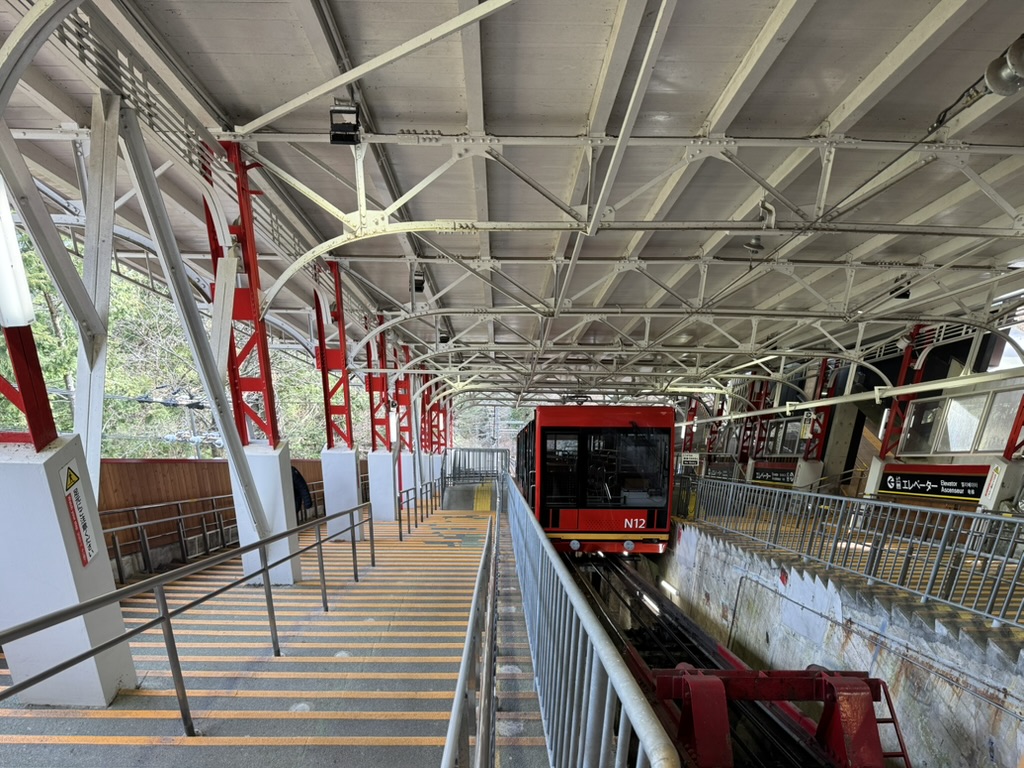
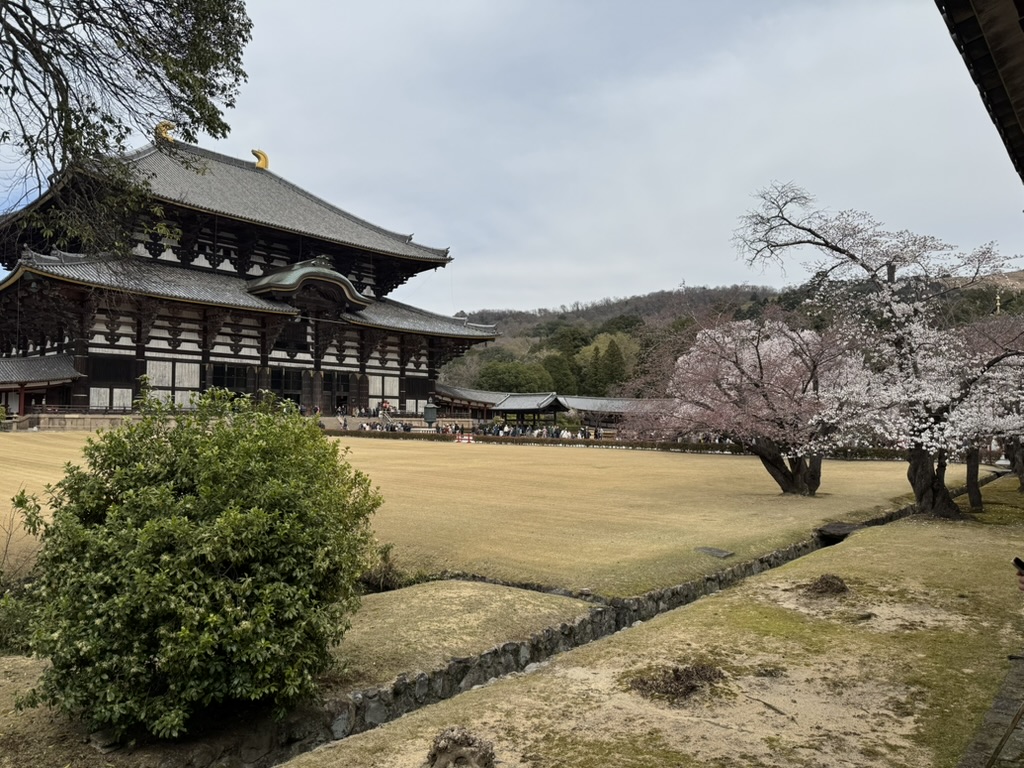
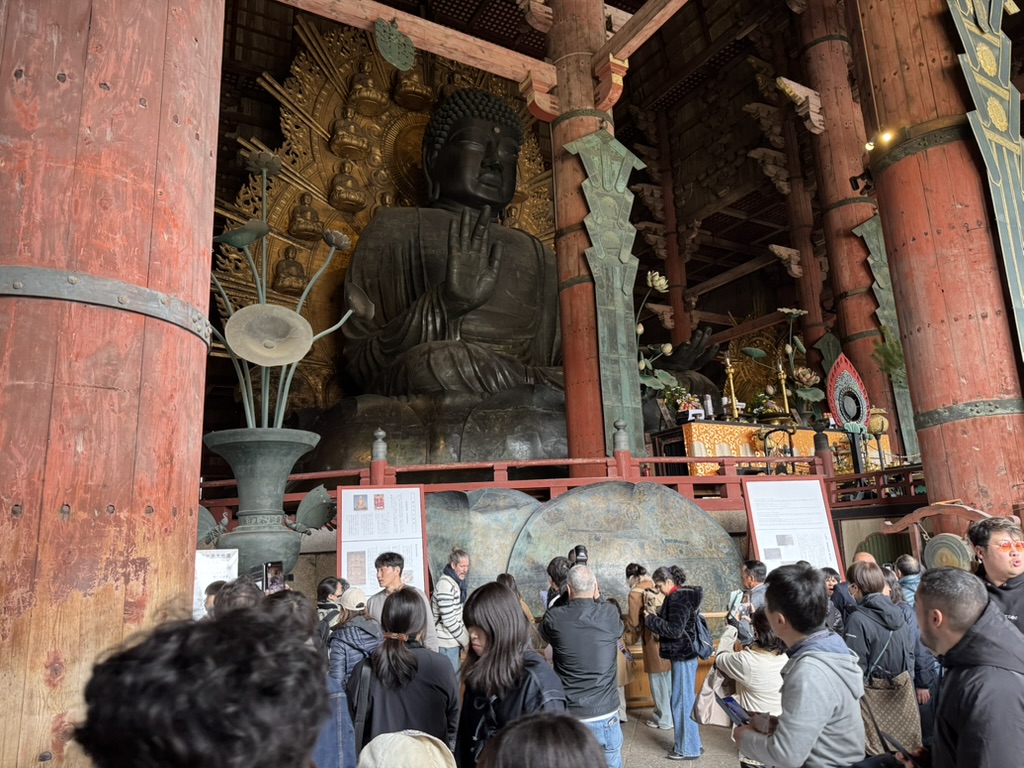
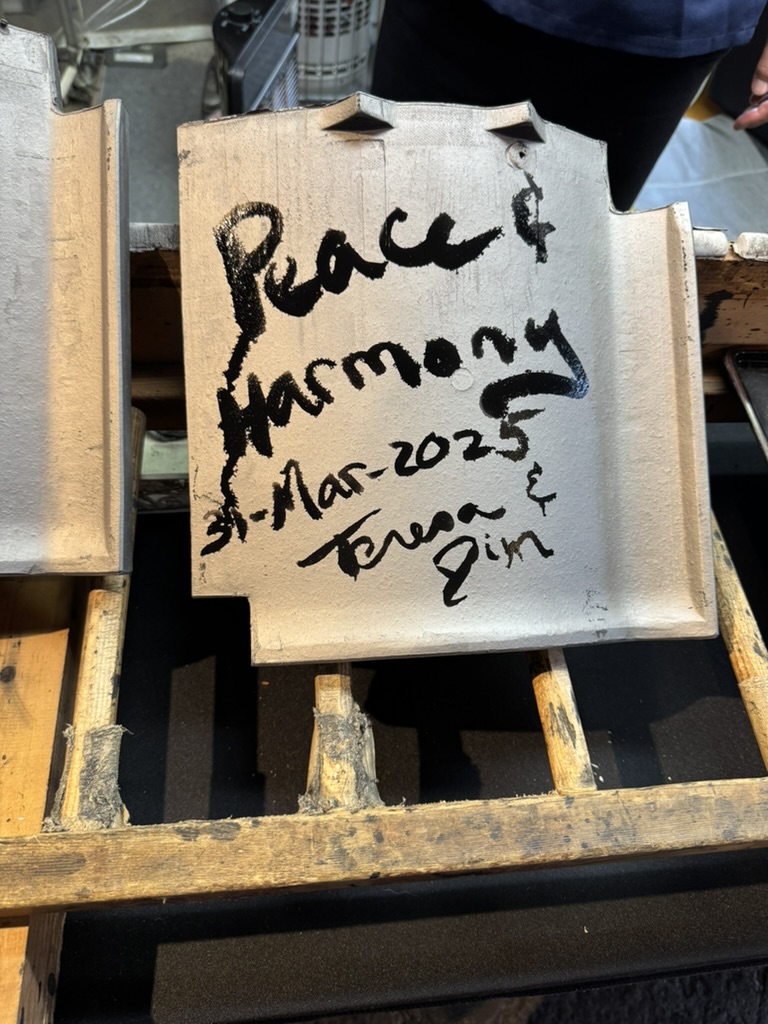
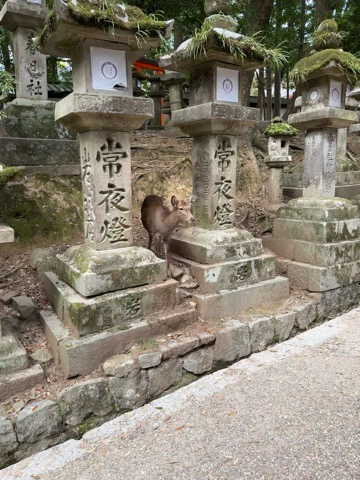
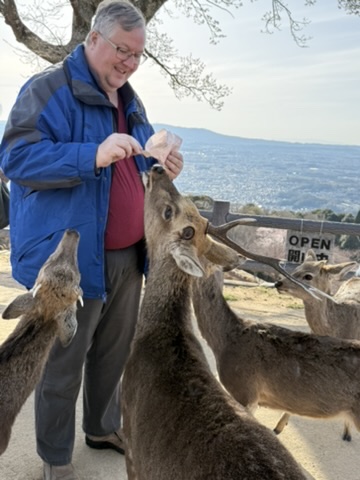
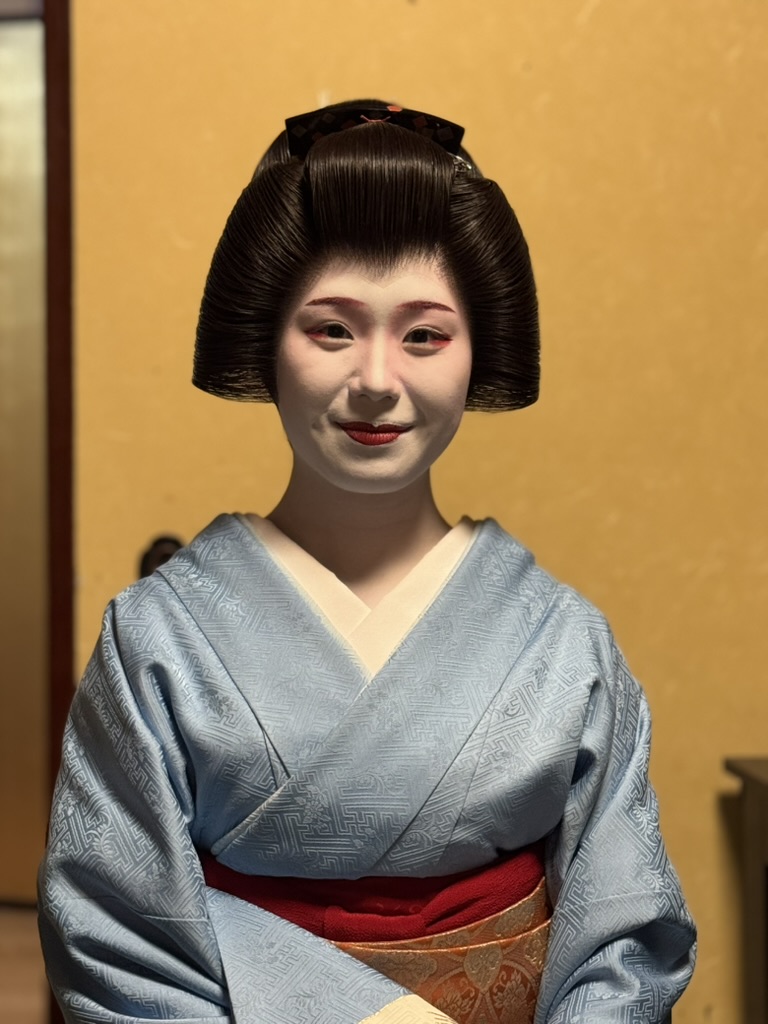
After dinner, we were introduced to our Geisha for the evening. Here we learned first hand about the culture, the training, and more. Members of the group were invited to come up and play a drinking game with her. The game called “Kagami-biraki” involves the Maiko or Geisha to sit across from the guest. Between them on a small table is small bowl or cup set upside down. The Geisha then starts to sing (as does the audience, if they know the song). The song has a rhythm that as the game goes along gets faster. The goal of the game is to tap the bowl with an open hand when it is your turn. But, if the bowl is not there, you tap the table with your closed hand (fist). Either side can pick up the bowl, trying to trick the other into knocking the bowl with their first, or hitting the table with an open hand. The first to make that mistake (and get caught) loses.
Several from our group tried and the Geisha won each time. Teresa decided she wanted to try and sat down. Not only did she last the longest, she won.
I uploaded the video to here, enjoy. For those who are curious, the song is a traditional “Konpira Fune Fune” song/dance from Japan, often performed during drinking games or at parties.
The English lyrics:
“With my heart set, I set off across Japan
Lighting the way as I journeyed around
Just once around and we reach Konpira
On a ship I ride
‘Shura-shushu’ — the rhythm shifts with time
Around we go again…”
The song picks up in tempo the longer it lasts, giving the “players” less time to react.